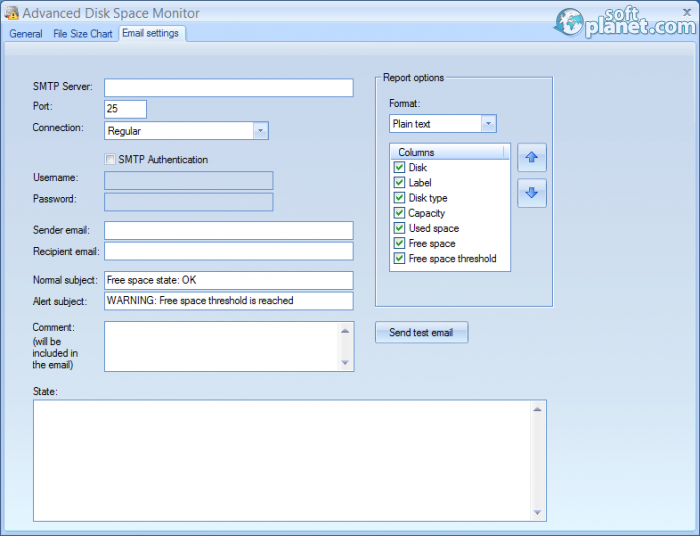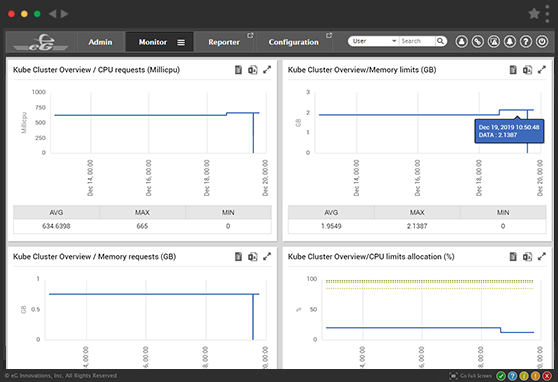

For this, I like to use “seven nines” or “9999999” which equates to requiring 10 terabytes free space. This will put that half of the equation into a breached threshold state, which will result in only needing to trigger the Percent Free side of the equation. You can configure “ Percent ONLY” monitoring easily with the built in disk space monitor, simply by setting an override to the “MB free” equation to a VERY high number. However, one of the most common scenarios I get asked about – is “I want “Percent ONLY monitoring of disks”, as a simpler approach.
Monit disk space for free#
The alerts are good, because they contain both the Percent Free Space and MB Free Space values in the Alert Description:Ĭustomers are so different, I find everyone seems to have a different opinion on how they wish to monitor for free space.


This monitor is unique, in that TWO thresholds MUST be met before the monitor detects an unhealthy condition. Third – understand the unhealthy calculation of the monitor. This is because System Disks (C:) are typically smaller than other disks, and have less free space under normal conditions. The default thresholds for System Disks are different that the default threshold for all other disks. Second – understand that this monitor treats SYSTEM disks (typically the C: drive) differently than other disks (non-system). Warnings are for showing state/health only. By default, the monitor will only generate alerts when the monitor is in a Critical health state. This will be the focus of our attention moving forward.įirst – understand when alerts are generated. Lastly – the Red arrow points to the current and correct monitor for Windows Server 2016 (and later) disks…. They are disabled out of the box and I do not recommend them. In my opinion, they complicated disk monitoring and should have never been put into the MP. They were meant to meet a customer request of “simpler” disk monitoring to make using “Percent only” or “Megabytes free only” monitoring more user friendly. These were created years ago, and honestly, it probably caused more harm than good. The Blue arrow points to an old Deprecated monitor which is no longer used, and disabled by default. I’ll be using the Windows Server 2016 (and later) MP for examples, version 10.1.0.0 So, this article is dedicated to the topic of free space monitoring for disks in SCOM.
Monit disk space how to#
However, I still run into customers who don’t fully understand how this works, how to configure it, and some of the good resources documenting this in the past have disappeared. There have been many posts about this over the years, and this is nothing new nor groundbreaking.


 0 kommentar(er)
0 kommentar(er)
